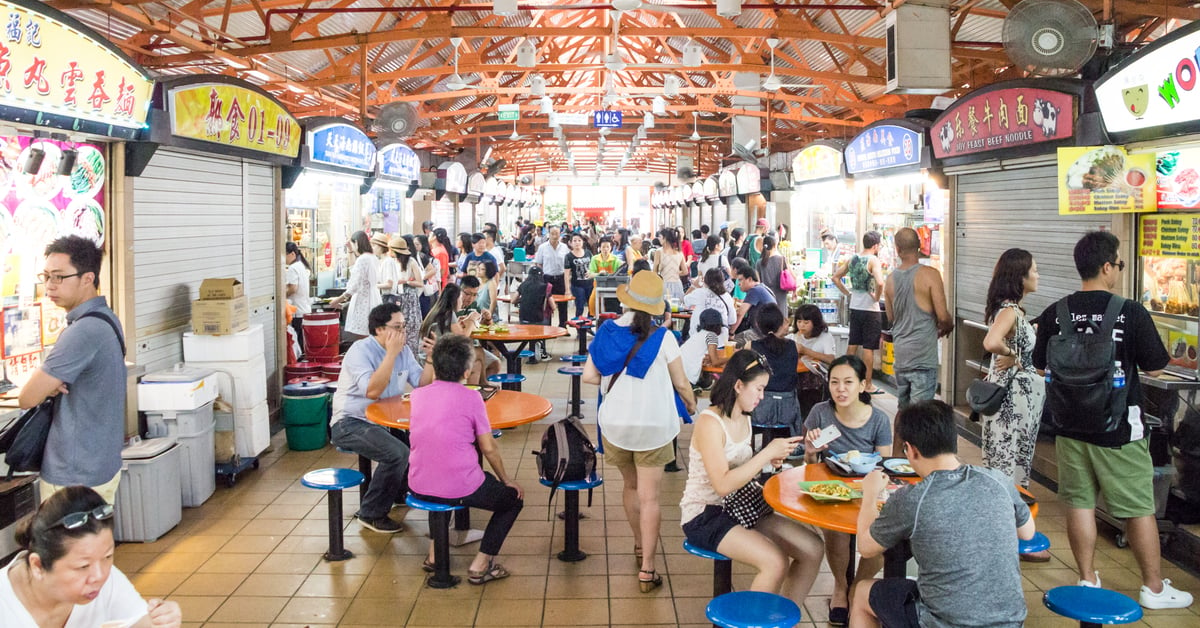Two years ago, Singapore embarked on one of its most ambitious projects yet: to get the hawker culture here recognised as a heritage culture by UNESCO.

First Things First, What’s UNESCO?
If you haven’t got it, getting on the UNESCO’s list is a big deal. Remember back in 2016 when Singapore Botanic Gardens got onto the list?
Mainstream media, the people behind the Singapore Botanic Gardens and the government went crazy congratulating Singapore and themselves.
To get onto the list basically means your country, be it cultural or a site has something that’s worth knowing and protecting.
The Plan
In PM Lee’s 2018 National Day Rally, he mentioned Singapore’s plan to get our hawker culture listed as an “Intangible Cultural Heritage of Humanity”.
To him, Singapore’s hawker culture is a unique part of Singapore.
And it’s more than just food. The hawker culture is something that resonates with every Singaporean. In fact, he claimed it’s the “best cure for homesickness” for overseas Singaporeans.
Hawker centres, he said, are community spaces where people of all races, income and religions get together to eat.

With UNESCO’s support, this hawker culture will be kept safe from disappearing. Plus, it will also let the whole world know about this our local food and multicultural heritage.
In other words, marketing.
It was announced that documents will be submitted on Mar 2019 and by end-2020, we’ll know the results.
It’s Now End-2020
And by this week, Singapore will know whether our bid to get Singapore’s hawker culture listed on UNESCO is a success or failure.
According to ST, the committee in charge of the final results will gather from tomorrow until 19 Dec 2020, by which they’ll announce the official result of the nomination.
Under UNESCO’s intangible assets list, several food cultures have already successfully made it in.
This includes the traditional Japanese food which was associated with the “essential spirit of respect for nature that is closely related to the sustainable use of natural resources”.
The gastronomical meal of French also made it in as a “customary social practice for celebrating important moments in the lives of individuals and groups”.
In 2016, Belgium’s beer culture was placed on the list as well.
Why Hawker Culture
Turns out, trying to choose a culture to nominate in Singapore is pretty hard, given how we’re pretty much multicultural (or rojak, as some might say).
Back in 2018, when the National Heritage Board (NHB) decided to nominate a culture to UNESCO, they had gathered more than 50 items for consideration.
Some of them include pilgrimages to Kusu Island, Malay weddings, Getai performances, Peranakan food and even how people celebrate Hari Raya and Chinese New Year.
They spoke with 140 Singaporeans from all walks of life and eventually decided on the hawker culture, which is somewhat fitting for a foodie nation.
It was added that unlike other food entries on the list, Singapore’s nomination stands out for being multi-cultural.
If successful, Singapore’s hawker culture will join 463 other items already on the list and become the first Singapore listing.
Which is extremely poignant considering that there was a period where youngsters refused to step into the trade.
It was added that it might not be Singapore’s last cultural nomination either.
Featured Image: Vichy Deal / Shutterstock.com




